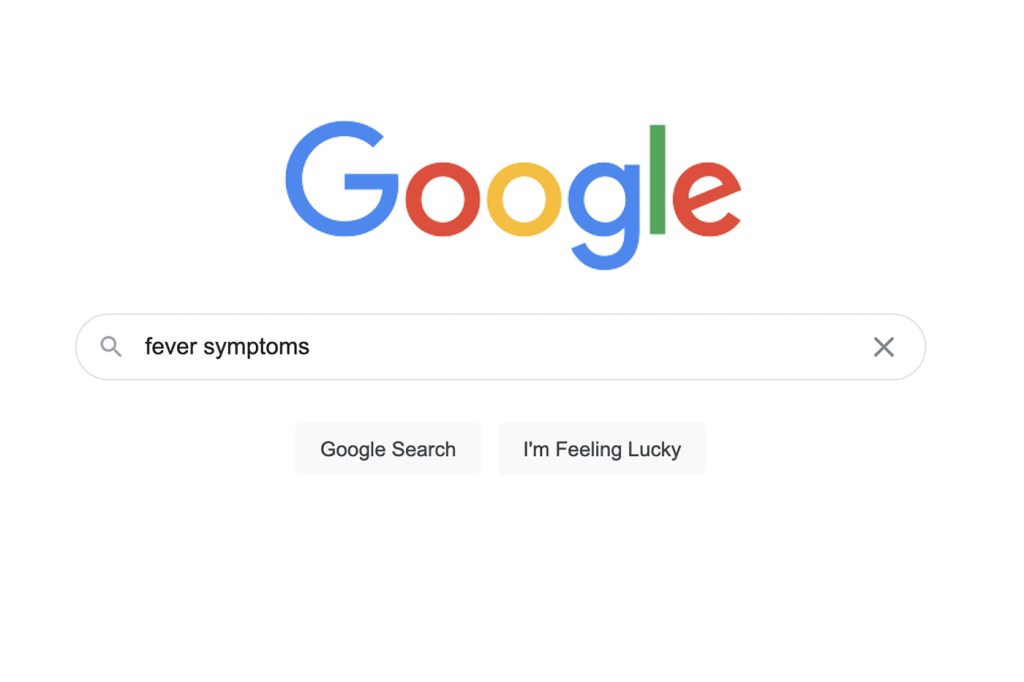These researchers are predicting COVID-19 trends weeks before standard surveillance

Imagine trying to avoid a car crash. Every split second you spend deliberating what to do, you waste precious time needed to alter your course. Any delay between your brain’s perception of danger and your foot’s contact with the brake could mean the difference between life or death.

Matteo Chinazzi, a senior research scientist in the MOBS Lab. Photo by Matthew Modoono/Northeastern University
Members of Northeastern’s Laboratory for the Modeling of Biological and Socio-technical Systems (MOBS) apply the same metaphor to COVID-19 response policies in their new paper, which outlines an early warning system that can predict coronavirus trends weeks in advance of standard surveillance techniques.
Right now, the problem with monitoring COVID-19 trends is that the information, such as the number of cases or deaths, is already outdated by the time it becomes available. The delay between reporting and reality, spanning days and sometimes weeks, makes it difficult for public health officials to implement timely measures to fight the spread of COVID-19, says Matteo Chinazzi, a senior research scientist in the MOBS Lab.
Keeping with the car metaphor, governments and institutions have the means (the brakes) to effectively slow the spread of the virus. But as they navigate treacherous roads with an outdated map, they encounter potholes and blind corners without warning. Their approach is a palliative scramble to fix problems instead of preventing them.
The MOBS Lab, in partnership with researchers at Boston Children’s Hospital and Harvard Medical School, has proposed a system that could predict trends in COVID-19 activity using information collected from social media, clinical databases, and applications that monitor where and how often people are traveling.
“Some signals are able to anticipate changes in the trends of the epidemic activity weeks in advance compared to typical surveillance data,” says Chinazzi. For example, the researchers found that upticks in Google searches for COVID-19-related keywords like “fever” or “cough” foreshadow upticks in coronavirus deaths by about 21 days.
“This 21-day lag is particularly significant since the average delay between the onset of symptoms and death has been estimated to be about 20 days,” the researchers write.
In addition to Google searches, the system makes predictions based on Twitter—are people searching “face mask,” or Tweeting about “quarantine?”—and from Apple Maps—where are people going (and possibly spreading the virus)?
Recognizing that extraneous circumstances, such as media trends, could create inconsistencies in the data (a particularly sensational media cycle could artificially inflate the number of Google searches for “chest tightness,” for example), the researchers have created a system that accounts for such nuances.
Aggregating information from many sources is one way the researchers can prevent false equivalents. The system they’ve created also analyzes information from UpToDate (a database that medical professionals use to search for vetted information about COVID-19), Kinsa Insights (a crowdsourced record of people’s temperatures), Cuebiq (a location analytics company), and GLEAM, another project involving a few researchers from the MOBS Lab, which monitors travel and contact patterns among populations.
Combining these resources into a single indicator, the team has created a system that can predict changes in COVID-19 activity for three out of every four spikes of cases, deaths, and hospitalizations.
Right now, the researchers are negotiating with sources to make the database available online to anyone (some of the datasets aren’t public yet). The hope is that eventually public health officials will be able to run the information through their own models, or use pre-existing models designed by the MOBS Lab, to make informed decisions about whether to loosen or tighten COVID-19 restrictions based on the model’s predictions.
“Creating these systems without the inclusion of public health officials is not the way to go,” says Mauricio Santillana, senior author of the paper and overseer of the project. In the past, members of the team have worked closely with local governments to help public health officials make informed decisions regarding infectious disease outbreaks.
Now, the database presents a way for researchers to easily explain the rationale behind certain suggestions. “We’ve created a way to show public health officials what’s going through our minds,” Santillana says. “We want them to see what we see.”
For media inquiries, please contact j.hair@northeastern.edu.




